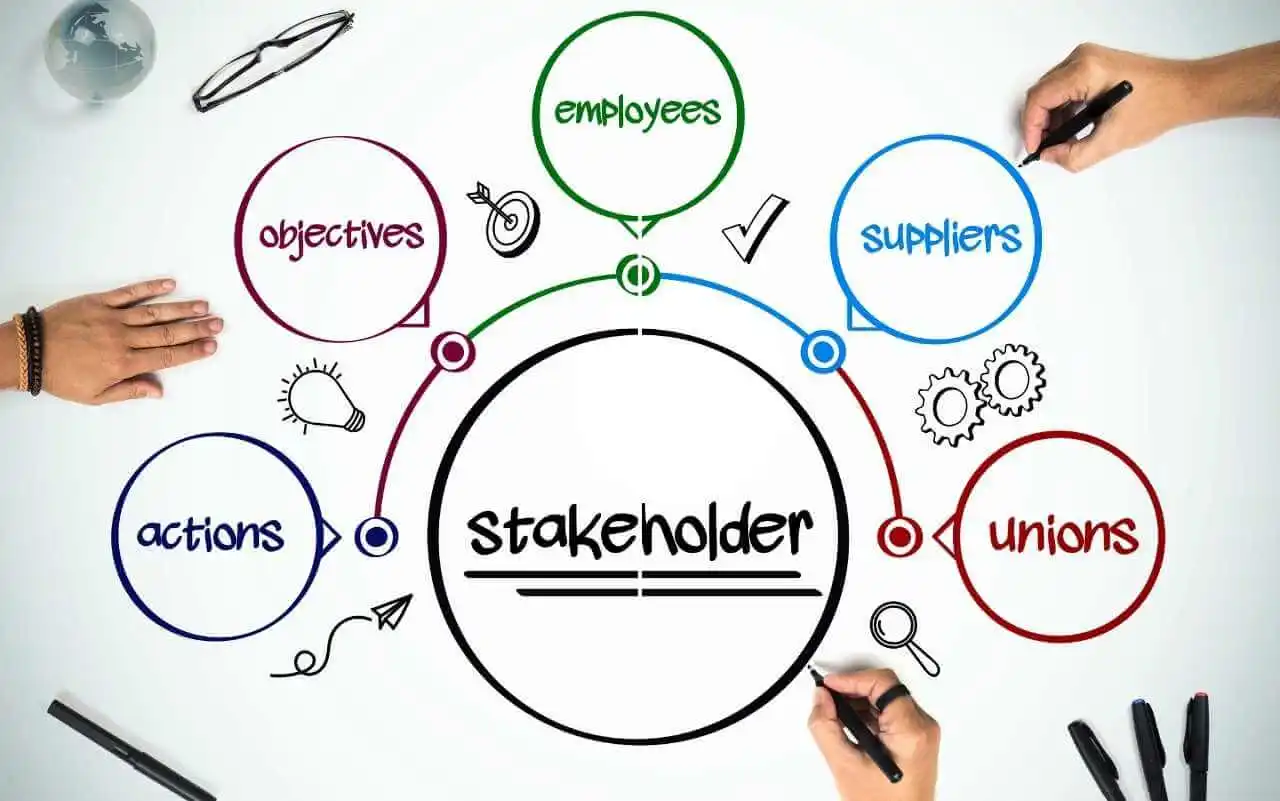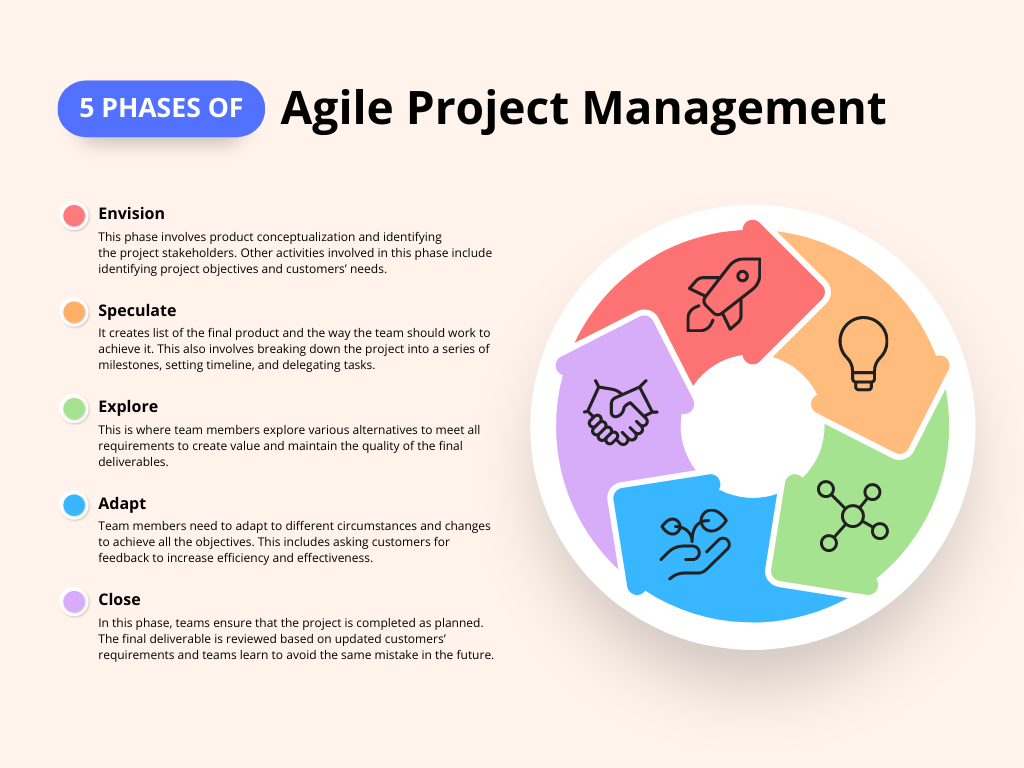A key component that is often overlooked by even professional project managers is the project retrospective. This structured meeting that happens at the end of a phase within a project or at the end of the entire project sets successful project teams apart from their unsuccessful counterparts.
If you’ve never done a project retrospective before, you’ll find this article useful, as it explains what a project retrospective is. And even if you’re accustomed to retrospectives, here, you’ll find 10 tips to improve and successfully run your project retrospectives. Let’s begin.
What Is a Project Retrospective?
A project retrospective, also referred to as ‘retro’, or ‘post-mortem’ is a time dedicated to a project team to come together and appraise the project which has been recently completed. The purpose of a project retrospective is to gather insights and identify the necessary areas for improvement.
It provides an environment and an opportunity for team members to share their experiences while working on the project. In a retrospective, they discuss the successes, challenges and setbacks, how to act while moving forward, as well as opportunities for growth and improvement.
Why Should You Perform a Project Retrospective?
Essentially, a project retrospective helps project managers to enhance future projects by learning from the mistakes of previous ones. In addition, having a project retrospective has the following advantages –
● Continuous Improvement:
As seen, the foremost benefit of retrospectives is cultivating a culture of continuous improvement. By regularly examining past projects, teams can identify patterns, approach issues differently, and prevent recurring issues.
● Team Engagement:
Retrospectives empower team members by giving them a voice in the project’s evaluation. This engagement boosts morale and motivation, as team members feel heard and valued.
● Knowledge Transfer:
As projects progress, team members may come and go. Retrospectives serve as a knowledge transfer mechanism, ensuring that valuable insights are not lost when team composition changes.
● Enhanced Communication:
Effective communication is important for project success. Retrospectives encourage open and honest dialogue, leading to better communication and collaboration among team members.
How to Run a Successful Project Retrospective
It takes careful planning and proper execution to run and carry out a successful project retrospective. To run project retrospectives that will bring meaningful results, here are 10 things you need to do –
1. Set Clear Objectives
Begin by clearly stating the objectives for the retrospective. State the specific aspects of the project you want to assess, including the common objectives such as improving communication, identifying process bottlenecks, and celebrating successes.
2. Choose the Right Participants:
The right participants would include all team members who were actively involved in the project. Invite them all to the retrospective. Ensure a diverse group that includes developers, designers, testers, and other relevant roles to gain a comprehensive perspective.
3. Select a Facilitator:
Select a neutral facilitator who is skilled in guiding discussions and maintaining a positive atmosphere. This person should ensure everyone has an opportunity to speak and that the discussion stays focused.
4. Follow a Structured Format:
Ensure to select a retrospective format that suits your project team. For instance, there are various retrospective formats to choose from, such as the “Start-Stop-Continue” or “4Ls” (Liked, Learned, Lacked, Longed for).
5. Create a Safe Space:
Cultivate an environment where team members do not feel uncomfortable sharing their thoughts and concerns. Emphasize that the retrospective is not about assigning blame but about improvement and they should feel free to express themselves.
6. Document Insights:
Assign someone to capture the key takeaways and action items from the retrospective. This documentation ensures that the insights are not forgotten and it serves as a reference for future projects.
7. Implement Action Items:
The true value of a retrospective lies in the action items it generates. So, collaboratively decide on the needed steps for addressing identified issues and making improvements. Assign owners to each action item and set clear deadlines.
8. Review Progress:
In subsequent retrospectives, review the progress made on previous action items. Acknowledge achievements and iterate areas that still need improvement.
9. Regularly Schedule Retrospectives:
Make retrospectives a regular part of your project lifecycle. Depending on the project’s duration, you can conduct them at the end of each phase or the completion of the entire project.
10.Celebrate Successes:
Ensure to celebrate the project’s successes and the improvements made through retrospectives. Recognizing achievements boosts team morale and motivation.
Conclusion
After all that’s been said, running project retrospectives is an important practice that ensures effective project management. With retrospectives, you can promote continuous improvement, team engagement, and effective communication.
By following the 10 steps above and making retrospectives a regular part of your project workflow, you can harness their full potential and drive success in your future endeavors. Simply, a project retrospective is a pathway to excellence in project management.







